So when there is a news report about naval operations, deployments or anything else concerned with warships I always listen with special interest and great attention.

Today we learned that two days ago an incident happened that could easily have started a new war in the Middle East. Three US warships - the AEGIS cruiser USS Port Royal (CG-73), the destroyer USS Hopper (DDG-70) and the frigate USS Ingraham (FFG-61) - encountered in the Strait of Hormuz (see map above) five speed boats from the Iranian Revolutionary Guard. After a brief stand-off, during which the Iranians apparently sent a number of threats and verbal insults over ship-to-ship radio, their speed boats turned away and returned to Iranian coastal waters. Not a moment too soon, it seems, as the Americans where so shocked by this encounter that they were preparing to open fire.
Had they done that, we could find ourselves now witnessing the begin of US military operations against Iran, something the White House - and especially US Vice President Richard Cheney - are very keen on for quite some time.
Gunboat "Diplomacy" is nothing new and has been employed by many governments for centuries. Especially the 19th and early 20th century saw numerous actions of that kind, most of them exercised by Britain, but also by France, Germany and other colonial powers. However, in recent decades the game of applying political pressure through the deployment of naval forces has been predominantly played by the USA, since the end of World War II the largest maritime power on the planet.
The Strait of Hormuz is an area in which the US Navy has been present with a changing number of warships for a long time, since the narrow stretch of water that separates the Persian Gulf from the Gulf of Oman is of great strategic importance, especially for the West and the USA, as about a fifth of the world's crude oil production is shipped through this very passage.
And although it is regarded as an international shipping lane, the area also consists partly of the coastal waters of Iran, America's arch enemy since the pro-western Shah Reza Pahlewi (who was in his time Washington's strongest ally in the region) was deposed in 1979 by Ayatollah Khomeini.
Since then there have been a number of clashes between the USA and Iran. On April 18th, 1988 a full-size sea battle developed, during which the US Navy sunk two Iranian frigates and six speed boats of the Revolutionary Guards (very much like the ones encountered two days ago).
On July 3rd, 1988 the AEGIS cruiser USS Vincennes (CG-49), a sister-ship of the USS Port Royal, shot down a civilian Iranian airliner, killing all 290 people on board.
In later years there have been several smaller incidents, but without any losses of lives or ships on either side.
After the US occupation of Iraq in 2003 the climate in the Persian Gulf region became naturally more serious and hostile, and for at least four years now the US government is looking for a suitable excuse to attack and invade Iran as well. The issue of the "Iranian nuclear weapons" dominated the White House propaganda for years, until recently a secret US intelligence report came to public knowledge, stating that Iran had "no nuclear capability and no activities to develop such for four years".
With time running out for George W. Bush and Richard "Dick" Cheney (who is the main hawk in Washington and desperate to deal with Iran before he has to leave the White House), it seems that the US administration is now searching for any possible excuse to start another war in the Middle East, even though it has become more than clear that they cannot even win the two in which they are already involved in (Afghanistan & Iraq).
Five tiny speed boats, even though armed, are no match whatsoever for three of the most modern and powerful warships of the US Navy. One can only be grateful that an obviously sensible regional commander - most likely the Admiral in charge of the US Fleet to which the three ships belong - saw the situation for what it was and prevented the incident from getting out of hand.
In my own naval career during the so-called "Cold War" I saw plenty of such incidents and close encounters, then with Russians and other ships from the Warsaw Pact. And it was always down to level-headed naval officers to prevent a shooting war.
If one would leave decisions only to the politicians, we would have seen a lot more wars already. But it is down to the soldiers and sailors on the ground to keep cool and keep the peace. Never in modern times was a war started by the military, it was always down to politicians who are never to be found in the firing line.
The Emerald Islander


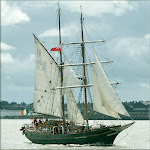

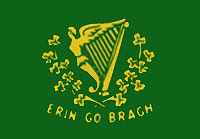




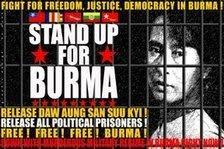







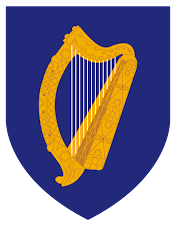






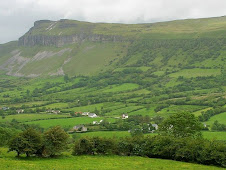
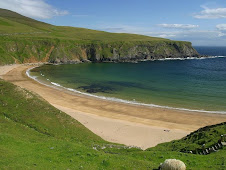













2 comments:
Thank God for level-headed Admirals and their officers and sailors...
Yes, they have usually more common sense than their political masters.
Post a Comment